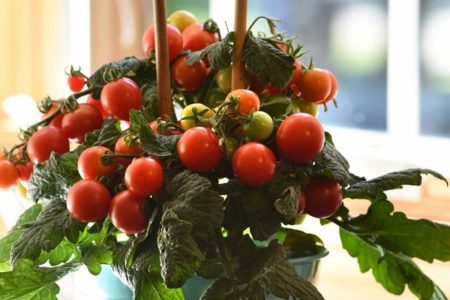
Each month, Pasadena Beautiful Tree Program Chair Emina Darakjy presents a ‘tree of the month’ in order to educate Pasadenans about the trees around them. Many people drive by trees they admire, but have no idea what they are called, or what their growing habits are. Pasadena Beautiful was founded in 1960 by a group of volunteers who saw a need to beautify their city and enhance its tree canopy.
The Chinese Fringe Tree’s name derives from the Greek words, Chion, meaning “snow” and authos, meaning “flower.” It is a member of the Oleaceae Family.
The tree is native to Eastern and Central China, Japan, Korea and Taiwan, and is a deciduous, medium-size flowering tree that grows between 20 to 25 feet tall, and about 20 feet wide.
The canopy is oval-shaped with dark green, glossy leaves that turn to a golden yellow before they drop in the fall. Its bark is a grayish-brown color, scaly when the tree is young, and becoming furrowed and showing a reddish color in the fissures as the tree matures.
The tree blooms from spring to early summer with the whole canopy covered with clusters of snow-white fragrant fringe-like flowers. These flowers are larger on the male variety, however only female trees produce 1/2” to 3/4” size fruit that is dark purple and resembles grapes. The fruit is a good source of food for birds, and the flowers attract many other types of pollinators.
The tree is very easy to grow, does not require much care, adapts to many soil types, prefers sun but can tolerate partial shade and requires moderate watering. If you need to prune for shaping, do that after the tree is done flowering in order to allow the buds for next year’s blooming cycle to develop on the new branches.
The tree is a good candidate for planting under power lines and in narrow parkways.
At the present there are no known serious diseases or pest problems; however, the tree can become susceptible to root problems if it is overwatered, and can also get infected with spider mites and scales, both of which are easily controlled.
This tree is so spectacular when in bloom it makes for an excellent specimen in one’s garden either as a single or multi trunk form as well as in a park and even as a street tree as a single trunk form.
In my opinion, this gorgeous tree is underutilized, and I would love to see us plant more of it.
Emina Darakjy is the tree program chair for the Pasadena Beautiful Foundation, and President of the California Urban Forests Council.











